The post 9 Pioneering Women Who Shaped Photographic History appeared first on Digital Photography School. It was authored by Megan Kennedy.
The history of women photographers dates back to the beginnings of photography itself. Yet while names like Ansel Adams and Man Ray have floated to the top of the photographic vernacular, the contribution of women in photography has been diluted or erased from history altogether. In this, photography is no less guilty than other forms of art. Yet there is no doubt that the omission of women, both unintentionally and intentionally, leaves a gaping hole in the narrative of photography.
In this article, I turn the spotlight on women who shaped photographic history. These 9 women (and many more) asserted their presence through both technical and artistic ingenuity. Here is a brief recount of their stories.
Julia Margaret Cameron (1815 – 1879)

A portrait by Julia Margaret Cameron. Image courtesy of Wikimedia
Julia Margaret Cameron received her first camera as a gift from her daughter in 1863. Cameron threw herself into photography, crafting portraits and staged scenes inspired by literature, mythology, and religion.
Cameron rejected the meticulous photo-reality sought after by her contemporaries. Instead, she favored a dreamlike softness saying “…when focusing and coming to something which, to my eye, was very beautiful, I stopped there instead of screwing on the lens to the more definite focus which all other photographers insist upon.”
The revolving door of luminaries in Cameron’s home provided her with ample opportunity to produce piercing character studies of some of the most famous people of the period. Her portraits represented some of the earliest examples of art meeting formal practice.
Cameron was a prolific photographer. Over 16 years, Cameron created more than 1,200 images – a staggering amount considering the laborious process involved to create each finished piece.
Mary Steen (1856 – 1939)

Mary Steen excelled at indoor photography. Image courtesy of Wikimedia
Mary Steen was a photographer and feminist from Denmark, Scandinavia. She excelled at indoor photography, a particularly difficult field due to the lack of electrically powered light sources available at the time.
In 1888, Stern became Denmark’s first female court photographer, a role that involved photographing both Danish and British royals. In 1891, she became the first woman on the board of the Danish Photographic Society.
Steen was also a member of the Board of Directors for the Danish Women’s Society. Together with Julie Laurberg, she photographed leading figures in the Danish women’s movement. In 1896, Steen started working as a photographer to Alexandra, Princess of Wales, the later Queen of England.
Steen encouraged other women to take up photography. She campaigned for better conditions at work, including eight day’s holiday and a half day off on Sundays. Leading by example, she treated her staff well, paying them fair wages.
Imogen Cunningham (1883 – 1976)

“Succulent” by Imogen Cunningham. Image courtesy of Wikimedia
Known for her botanical, nude and industrial photography, Imogen Cunningham was one of America’s first professional female photographers.
After studying photographic chemistry at university, Cunningham opened a studio in Seattle. Cunningham drew acclaim for her portraiture and pictorial work. Subsequently, she invited other women to join her, publishing an article in 1913 called “Photography as a Profession for Women.”
Cunningham never confined herself to a single genre or style of photography. In 1915 Cunningham’s then-husband, Roi Partridge posed for a series of nude photographs. The nudes achieved critical appraise, despite being a taboo subject for a female artist at the time.
A two-year study of botanical subjects resulted in Cunningham’s opulently lit magnolia flower. She also turned her lens toward industry and fashion.
It was Cunningham who said “which of my photographs is my favorite? The one I’m going to take tomorrow.”
Gertrude Fehr (1895 – 1996)

An example of solarization, a darkroom technique used by the New Photography movement in Paris that can now be emulated in Photoshop
After studying at the Bavarian School of Photography, Gertrude Fehr apprenticed with Edward Wasow. In 1918, Fehr opened a studio for portraiture and theater photography.
During 1933, the political climate forced Fehr to leave Germany with Jules Fehr. Settling in Paris, the couple opened the Publi-phot school of photography. The school specialized in advertising photography, a pioneering program at the time.
Fehr participated in the New Photography movement in Paris. Exhibiting artists alongside Man Ray, Fehr explored the artistic boundaries of photography, producing photograms, photomontages, and solarized prints.
During the 1930s, Gertrude and Jules Fehr moved to Switzerland. There, they opened a photography school in Lausanne, now known as the Ecole Photographique de la Suisse Romande.
Fehr gave classes in portrait, fashion, advertising and journalistic photography at the school until 1960 when she dedicated herself to freelance portraiture. Both her teaching and photography paved the way for contemporary photographic art.
Trude Fleischmann (1895 – 1990)

Trude Fleischmann with her work. Image courtesy of Wikimedia
After studying art in Paris and Vienna, Trude Fleishmann apprenticed with Dora Kallmus and Hermann Schieberth.
Fleischmann opened a studio when she was 25. Working with glass plates and artificial light, Fleishmann created deftly diffused portraits of celebrities. Her studio quickly became a hub for Viennese cultural life.
In 1925, Fleishmann took a nude series of dancer Claire Bauroff. Displayed at a theater in Berlin, the images were confiscated by police, winning Fleischmann international fame.
The Anschluss forced Fleischmann to leave the country in 1938. After settling in New York in 1940, she established a new studio where she resumed photographing celebrities, dancers and intellectuals including Albert Einstein and Eleanor Roosevelt. Her introspective and atmospheric portraiture is viewed as art suffused with technical prowess.
Dorothea Lange (1895 – 1965)

Dorothea Lange’s “Migrant Mother”. Image courtesy of Wikipedia
Known for her work documenting the depression, American photographer Dorothea Lange’s “Migrant Mother” became a symbol of hardship and resilience in the face of economic collapse.
The majority of Lange’s early studio work centered around portraits of the social elite of San Francisco. With the commencement of the Great Depression, however, Lange transitioned from the studio to the streets.
Applying techniques she had developed for photographing portraits of wealthy clientele, Lange’s unapologetic studies led to her employment with the Farm Security Administration. There, she continued to document the suffering of victims of the depression. Soon, her powerful images became an icon of the era.
Described in her own words, Lange used the camera as “…an instrument that teaches people how to see without a camera”. Her unflinching study of the human condition in the 20th century shaped photojournalism in a way that continues to resonate today.
Grete Stern (1904 – 1999)

A self-portrait by Grete Stern. Image courtesy of Wikipedia
Originally a graphic designer, Grete Stern studied under Walter Peterhans in Berlin where she and Ellen Auerbach opened a well-regarded studio, ringl+pit.
Emigrating to England in 1933, Stern then traveled to Argentina with her husband, Horacio Coppola. They opened an exhibition literary magazine Sur hailed as “the first serious exhibition of photographic art in Buenos Aires.”
By the mid-1940s, Stern was well established in Buenos Aires. She worked with women’s magazine Idilio, illustrating reader-submitted dreams through photomontage. Stern incorporated feminist critiques into her pieces which became popular with readers.
In 1964, Stern traveled Northeast Argentina, producing over 800 photos of Aboriginals in the region. The body of work is considered to be the most significant Argentinian record of its time.
“Photography has given me great happiness,” said Stern in 1992. “I learned a lot and [said] things I wanted to say and show”.
Ylla (1911 – 1955)

Ylla photographing a toucan. Image courtesy of Wikipedia – ©Pryor Dodge at the English Wikipedia [GFDL (http://www.gnu.org/copyleft/fdl.html) or CC-BY-SA-3.0 (http://creativecommons.org/licenses/by-sa/3.0/)]
Animal photographer, Ylla (Camilla Koffler) originally studied sculpture under Petar Palavicini at the Belgrade Academy of Fine Arts, moving to Paris to continue her studies in 1931.
Working as an assistant to photographer Ergy Landau, Ylla began photographing animals on holiday. Encouraged by Landau, Ylla started exhibiting, opening a studio dedicated to pet photography shortly after.
Ylla’s first major book, Petits et Grands was published in 1938. That same year she collaborated with British evolutionary biologist Julian Huxley for his book Animal Language.
During 1941 Ylla immigrated to the United States. She opened a new studio in New York, photographing a miscellany of animals from lions and tigers to birds and mice.
In 1955, Ylla fell from a jeep while photographing a bullock cart race in India. She was fatally wounded. Her New York Times obituary read that Ylla “…was generally considered the most proficient animal photographer in the world.”
Olive Cotton (1911 – 2003)

“Teacup Ballet” by Olive Cotton. Image courtesy of Wikimedia
Describing her process as “drawing with light”, Olive Cotton’s Teacup Ballet has become synonymous with her artful command over light and shadow.
After studying English and Mathematics at university, Cotton pursued photography by joining childhood-friend Max Dupain at his studio in Sydney.
Besides assisting Dupain, Cotton also perused her own work. Cotton and Dupain were married briefly and she ran the studio in his absence during the war. She was one of the few professional women photographers in Australia at the time.
In 1944, Cotton married Ross McInerney, moving to a property near Cowra, NSW. Cotton gave up work as a professional photographer until 1964 when she opened a small photographic studio.
In the early 1980s, Cotton reprinted negatives she had taken over the past forty years or more. The resulting retrospective exhibition in Sydney in 1985 earned her recognition as a key figure in the development of Australian photography.
Conclusion
It’s impossible to cover the sheer number of women that have embodied the tenacity and creativity of a photographer’s spirit in a single article. With this piece, however, I hope to have encapsulated some of the resolves of the generations of women who have shaped photographic history. And although we aren’t all the way to achieving equality yet, thanks to the female photographers of the past and present, we’re a lot closer than we used to be.
The post 9 Pioneering Women Who Shaped Photographic History appeared first on Digital Photography School. It was authored by Megan Kennedy.
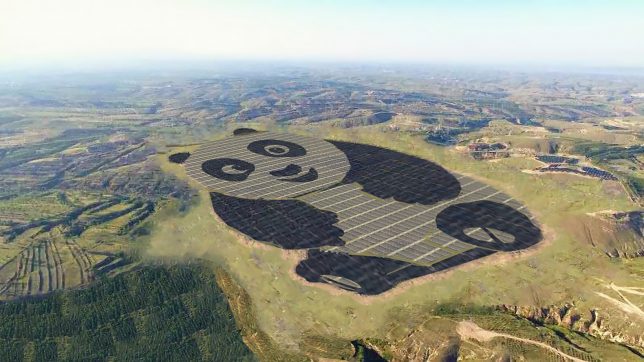














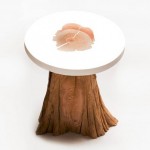
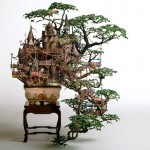
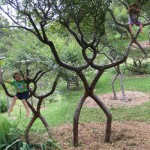

















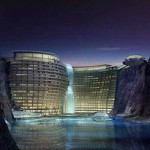
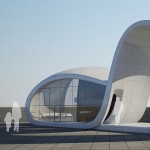








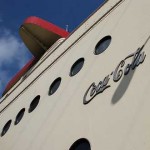
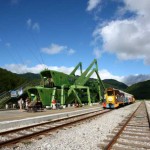
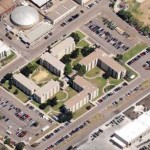
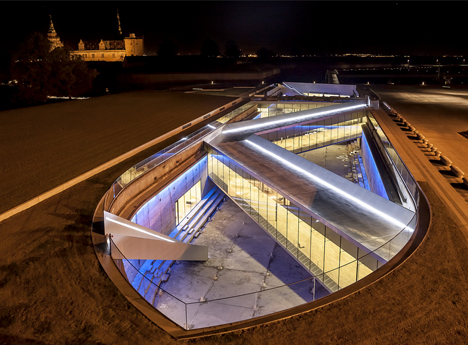
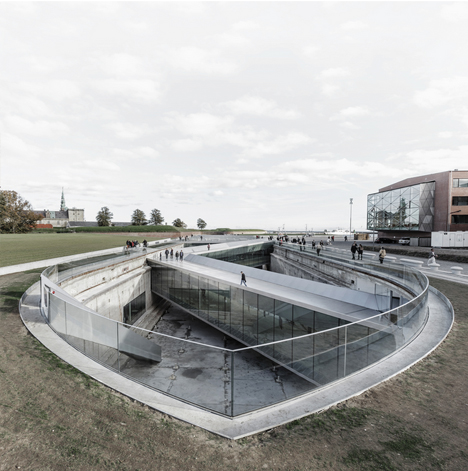
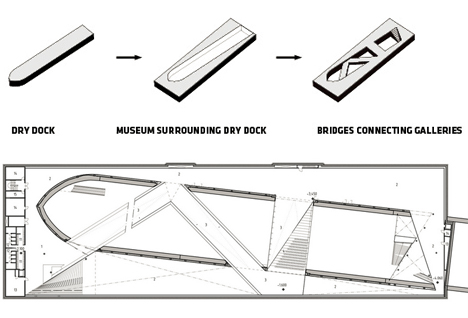
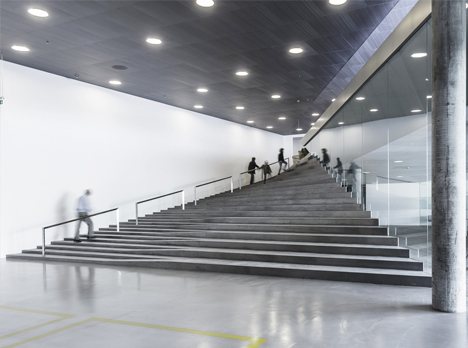
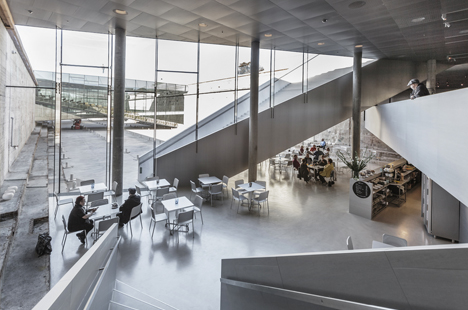
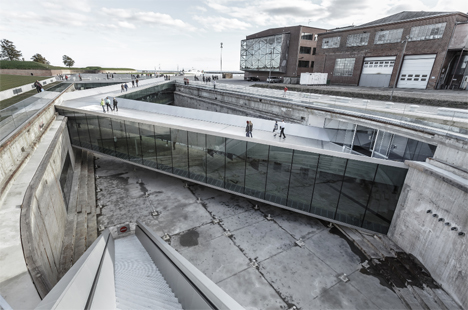
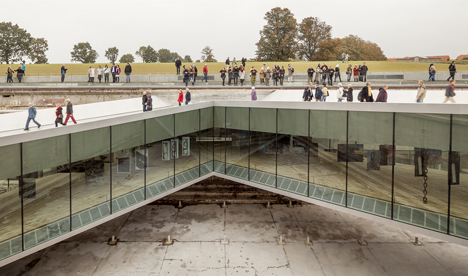
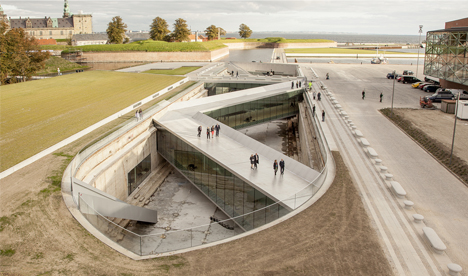
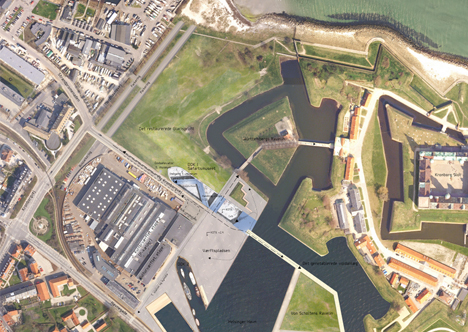
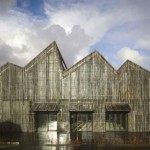
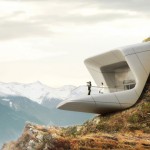
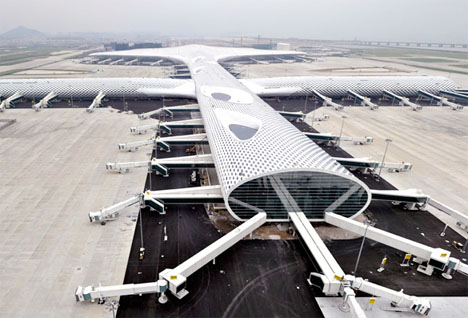
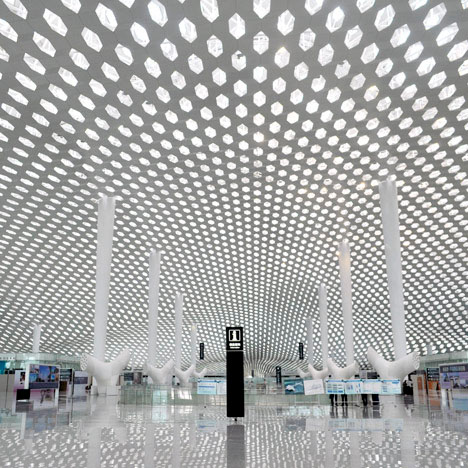
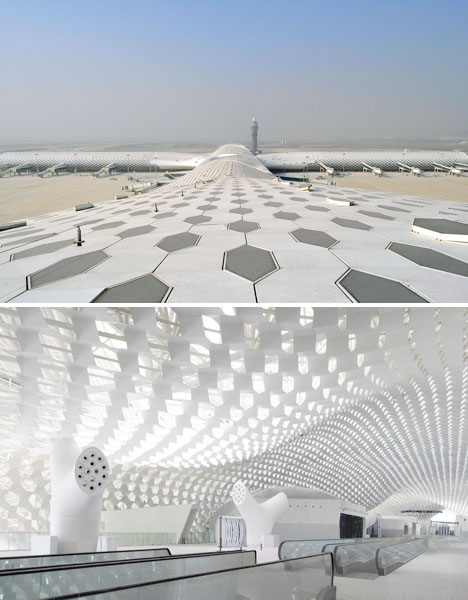

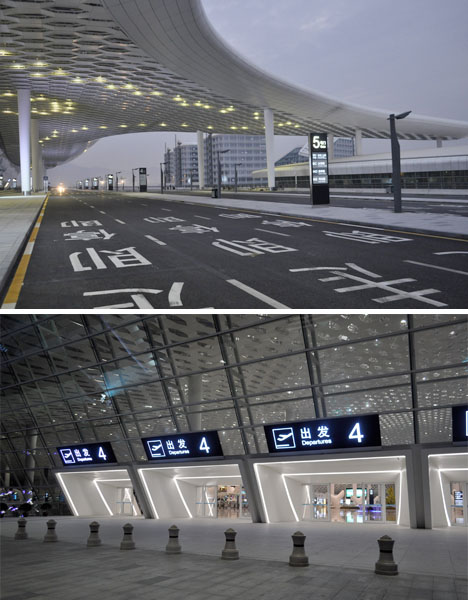

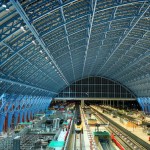
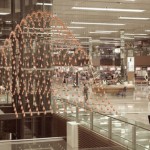

You must be logged in to post a comment.